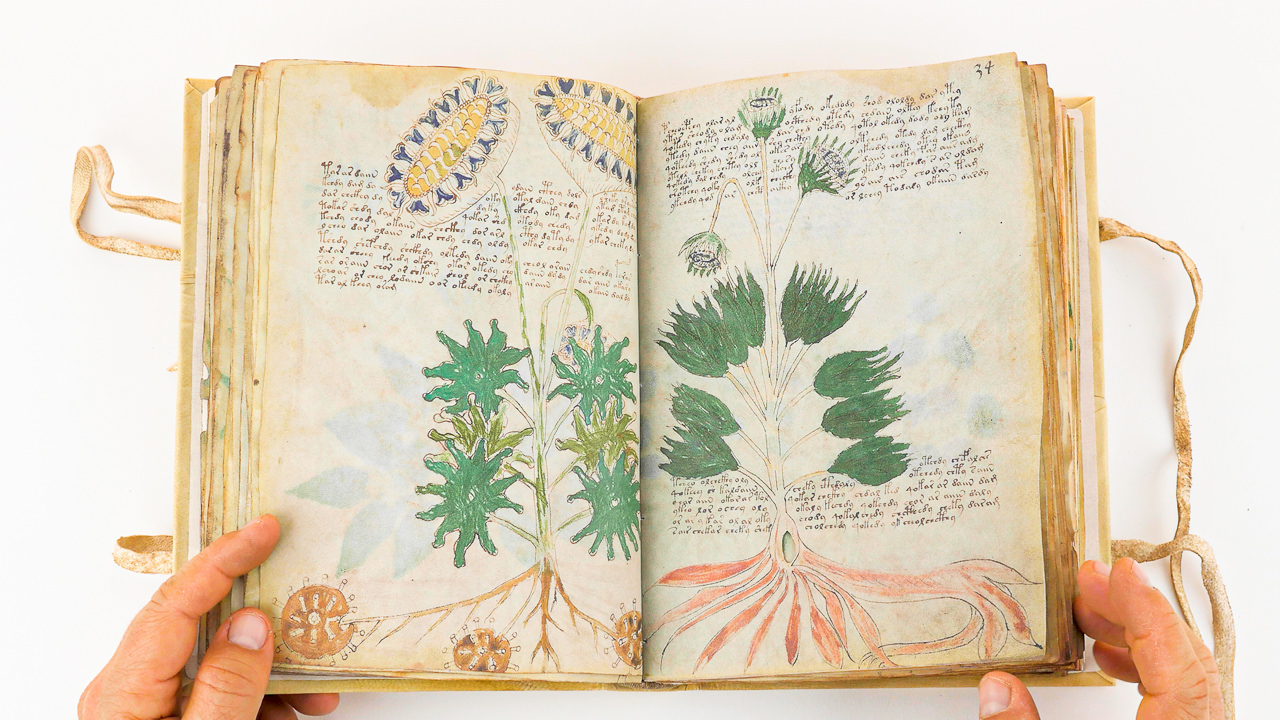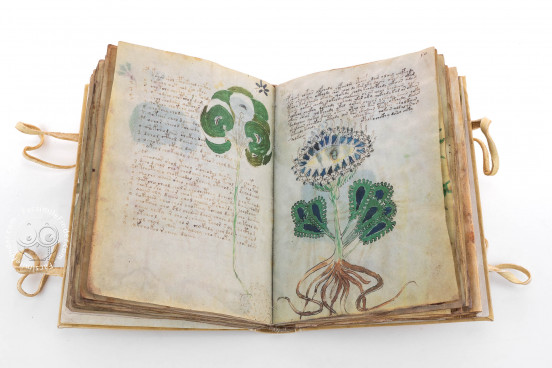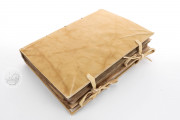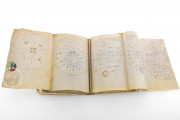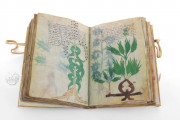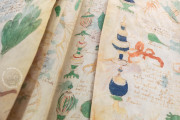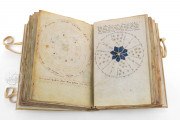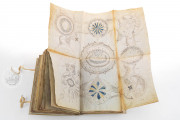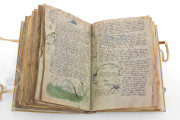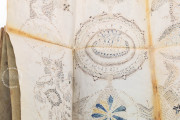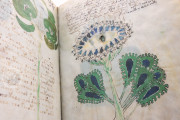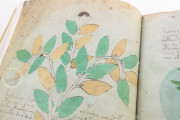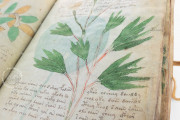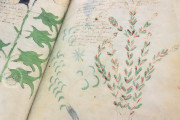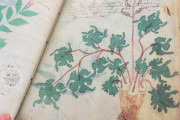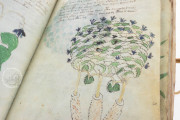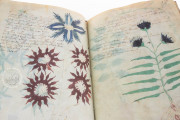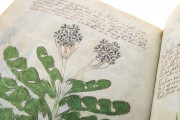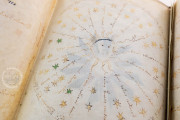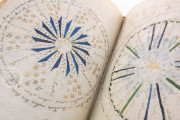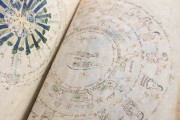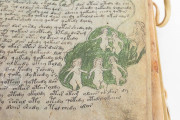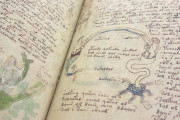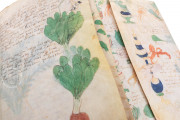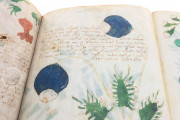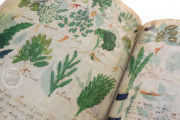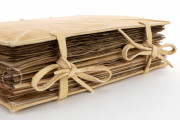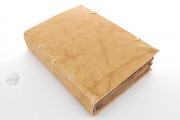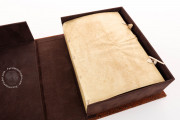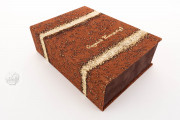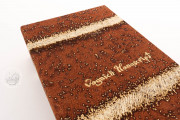The Voynich manuscript – also known as New Haven, Beinecke Library, MS 408 – is one of the most remarkable and mysterious manuscripts that has come down to us. With its unknown language and illustration of plants and stars, this manuscript represents a riddle yet to be solved. Since its creation in the fifteenth century, a long line of scholars has attempted to decode its cipher, unfortunately to no avail.
The Puzzling Content of the Voynich Manuscript
On account of the groups of illustrations present in the Voynich manuscript, six main sections have been identified:
- A herbal section, so called because it contains 113 illustrations of unidentified plant species;
- An astronomical one, containing drawings of the Sun, Moon, stars and zodiac symbols;
- A cosmological section, with mostly obscure circular illustrations;
- A biological one, containing drawings – perhaps anatomical – of small female nudes bathing in connecting vessels;
- A pharmaceutical section, so called due to the several drawings of species of medicinal herbs depicted next to containers such as red, blue, or green jars;
- And finally, a recipes section of full text, with stars in the margins marking each entry.
Origin and Ownership of the Voynich Manuscript
Just like its contents, the Voynich manuscript origin, too, is uncertain. Some of the illustrations prompted a debate on the place where the codex was written. The most indicative detail so far has been considered the castle in the rosettes page; the building style, with its Ghibelline crenellations, seems to point to Northern Italy.
Another significant illustration is the Sagittarius represented as a human figure with a crossbow. Similar illustrations have been found in German manuscripts of the same age, leading to the possible conclusion of a German origin. However, in both cases it is only speculation.
A letter by the scientist Johannes Marcus Marci, associated with the Voynich manuscript grants a lead in the attempt to reconstruct the history of its ownership. Marci tells that the manuscript belonged to Emperor Rudolph II of Habsburg (1576-1618). Evidence of this seems to be the ex libris of Jacobus Tepenecz – a courtier of Rudolph II – to whom the manuscript was apparently given by Emperor Rudolph after he had bought it from the English astrologer John Dee (1527-1608) for the sum of 600 ducats, believing it to be the work of Roger Bacon.
In 1666, Marci sent the book to Athanasius Kircher, mentioning it as part of an inheritance from a friend, which he leaves unnamed, but was later discovered to be Georgius Barschius. In Kircher's care the manuscript became part of a collection of the library of the Jesuit Collegium Romanum, and there it stayed until 1912, when Wilfrid M. Voynich acquired this codex along with many others.
The Writing System in the Voynich Manuscript
One of the obvious features of the Voynich manuscript is, of course, its dubious and unidentified language. What is positively certain is that the main text is written from top to bottom, left to right, in short paragraphs.
At times, especially in the astronomical and cosmological sections, text has been integrated in the circular drawings, written either along the circumference or along the radius of these drawings.
The scientific or magical text appears in cipher, apparently based on Roman minuscule characters. Although the language is still unknown, despite the many comparisons with other writing examples found elsewhere, we may recognize some shapes.
Indeed, some characters are similar to Latin (a, c, i, m, n, o), while others resemble Arabic numerals. Some others look like Latin abbreviations, scientific symbols or early renaissance ciphers. Finally, as there seems to be a variation in handwriting style, two main hands have been identified.
The Voynich manuscript remains one of the most mysterious texts to ever be written. Five centuries later, despite all the difficulties, scholars and intellectuals are still not deterred to find out who wrote it, when, where, and most important of all, what knowledge lies behind this obscure text.
We have 1 facsimile edition of the manuscript "Voynich Manuscript": El Manuscrito Voynich facsimile edition, published by Siloé, arte y bibliofilia, 2018
Request Info / Price
